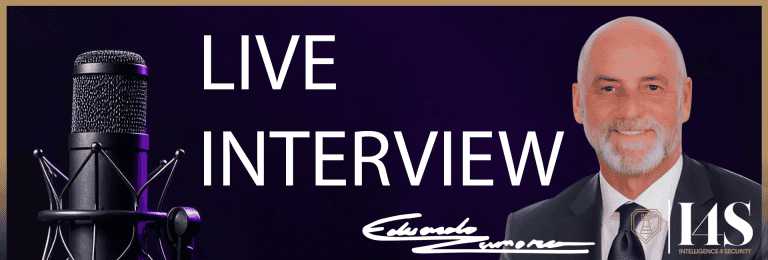SECURITY
Ensuring Security in High-Risk Environments
In countries with high levels of risk, it is imperative for companies to implement diverse technical security measures and employ appropriate personnel to safeguard their interests, workforce, material resources, and assets. The dynamic and often volatile nature of these environments necessitates a comprehensive and proactive approach to security.
Technical Security Measures: Advanced technical security measures are essential for protecting a company’s infrastructure and operations. This includes state-of-the-art surveillance systems, access control mechanisms, cybersecurity protocols, and emergency response systems. By leveraging cutting-edge technology, companies can detect and mitigate potential threats in real-time, ensuring the continuity of their operations.
Qualified Security Personnel: The presence of well-trained and experienced security personnel is crucial for maintaining a secure environment. These professionals are adept at assessing risks, implementing security protocols, and responding to incidents effectively. Their expertise ensures that the company’s security measures are not only robust but also adaptable to evolving threats.
Comprehensive Security Strategy: A holistic security strategy that integrates technical measures with human expertise is vital for addressing the multifaceted nature of risks in high-risk countries. This strategy should encompass risk assessment, crisis management, and continuous monitoring to ensure that the company remains resilient in the face of challenges.

In high-risk environments, a dynamic security plan is essential for businesses. This plan must be comprehensive, covering asset protection, employee safety, executive security, and specialized personal security details. It’s not just about having a plan in place; it’s about having a plan that adapts to evolving threats.
Dynamic Security Strategies for Businesses:
– Asset Protection: Implementing cutting-edge security measures to safeguard both tangible and intangible company assets is crucial. Surveillance systems, access controls, and alarms must be state-of-the-art to effectively deter and detect intrusions.
– Employee Safety: Ensuring the well-being of employees is paramount. The plan should include rigorous background checks, secure access protocols, and comprehensive emergency response training.
– Executive Security: Tailored security measures for executives are necessary to address specific risks, including secure travel and communication arrangements.
– Personal Security Detail: In volatile regions, escort and bodyguard services are vital for the safety of technical staff and executives, allowing them to focus on their responsibilities without fear.
Enhancing the Plan with Exceptional Measures:
– Facility and Perimeter Security: Beyond standard measures, facilities require advanced protection strategies like reinforced fencing and sensor lighting, while access routes need clear definition and constant monitoring.
– Collaboration with Authorities: A synergistic relationship with local law enforcement and government agencies is key. This collaboration ensures that security measures are swift, effective, and aligned with national standards.
The Role of Intelligence in Security:
– Intelligence Updates: An integral part of the security plan is a reliable intelligence source that provides ongoing updates on risk situations and potential threats. This intelligence is the backbone of the plan, prompting timely revisions to security measures and procedures.
A security plan that incorporates these elements, and is bolstered by real-time intelligence, not only safeguards a company’s assets and personnel but also demonstrates a proactive and responsible approach to corporate security in an unpredictable world.





